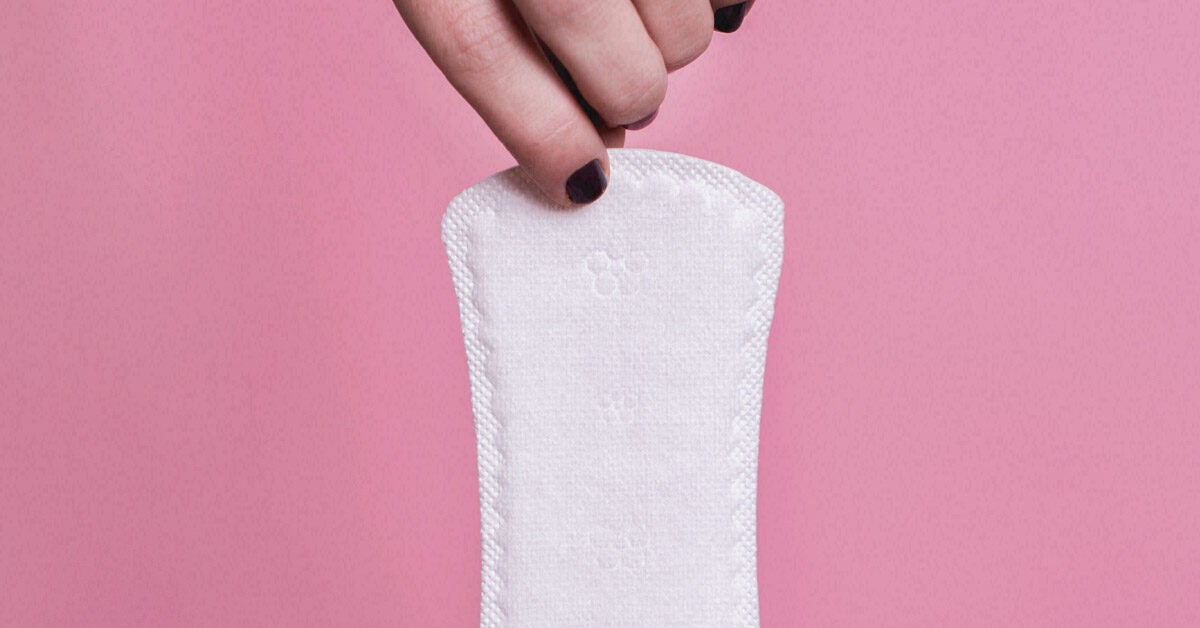About How long does yellow discharge last after pregnancy?


Vaginal delivery - discharge
The Best Strategy To Use For Lochia: What you need to know about postpartum bleeding
'If the bleeding continues for an extended time and is ending up being progressively heavy, this might be the sign of a postpartum haemorrhage. This requires immediate medical attention,' he warns. Here's a guide of what to expect Mums can anticipate to see fresh red or browny-red blood loss. The flow of blood may be rather heavy, soaking a maternity pad every few hours.

Is This My Period? A Guide to Navigating Postpartum Bleeding with NFP - Vitae Fertility
They may be as large as a plum, or you might pass a number of smaller sized ones about the size of grapes. These are just remnants of your placenta. If you're worried, it can be a great concept to reveal your midwife when she pertains to go to. Do not feel https://postpartumwiki.com/yellow-mucus-discharge-postpartum/ 've seen it all before.
Their reassurance is important and extremely comforting. Your blood should now have turned a pinky brown colour. Anticipate the stain on your maternity pads to get smaller and lighter. You may pass little embolism. Let your midwife understand if you think you might be passing too much blood after a week.
Your uterus should now be almost back to its previous size. Cramping or contractions need to also be pertaining to an end. Some ladies may experience a percentage of brown, pink or yellowish-white discharge as much as six weeks after delivering. It may appear in little amounts day-to-day or just sometimes.
What to Expect After Your Vaginal Delivery? - Kamm Can Be Fun For Everyone
Don't be humiliated when talking with your health visitor about lochia. (Credit: Getty) Is it regular for postpartum bleeding to stop and start again? 'It's quite typical for females to stop bleeding for one approximately days and after that begin once again,' says Sharon. Tina concurs: 'Yes, lochia is just like a duration.


Doula Canada - Lochia Why does it happen and what does it look like? Once the placenta is birthed it leaves a wound on the uterus wall which must healAs well,
Breastfeeding can likewise increase the circulation as the oxytocin produced by breastfeeding produces uterine contractions which push more lochia out,' she discusses. 'Although the blood loss will taper off as the days and weeks go by, around a week or more after your bleeding appears to have stopped, it can suddenly begin back up once again,' states Mr Downes.
